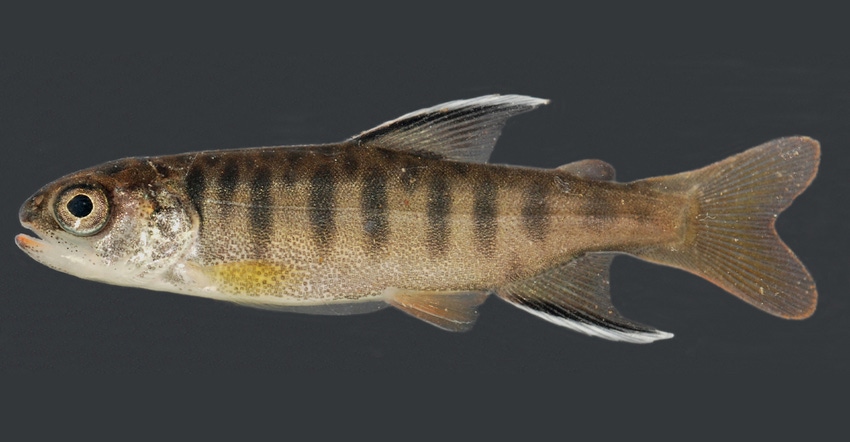September 6, 2019

What is the value of an endangered animal or plant? Would saving and boosting the population of the threatened species offer a long-term benefit? Those are questions getting an answer in a new study by Oregon State University researchers that shows increasing the abundance of a threatened or endangered species can deliver large benefits to residents of the Pacific Northwest.
The study, published recently in the journal PLOS One, finds that a two-thirds increase in the annual number of returning coho salmon to the Oregon Coast would generate up to $518 million per year in nonmarket economic benefits to people in the region.
The study was released at the same time USDA announced it will implement a new rule stipulating that economic impacts for listing a species be considered under the Endangered Species Act.
David Lewis, an economist with OSU’s College of Agricultural Sciences and corresponding author of the study, explains that actions to protect endangered species often focus on the costs. “The benefits of protecting threatened species are difficult to estimate since they are considered to be nonmarket and arise from the public’s values for things like the existence of abundant salmon in the wild. This study gives us a way to evaluate the benefits.”
Adds Steven Dundas, study co-author and an economist with OSU’s College of Agricultural Sciences and Coastal Oregon Marine Experiment Station: “If an agency is considering a policy or program that would increase the number of salmon by a certain amount, our study translates the benefits for that amount of salmon to a dollar value.”
Dundas says the study provides evidence of the economic value Pacific Northwest residents place on protecting threatened and endangered species. “We can compare it to how much we actually spend on salmon restoration activities, to see if there’s a net benefit to more investment,” he adds.
The study, done in a collaboration between OSU and the Alaska Fisheries Science Center in Seattle, found that the public attaches a substantial value — up to $277 million a year — to reaching conservation goals sooner. Says Lewis: “There are sizable benefits to achieving conservation goals quickly. That has real implications for conservation programs, showing that there’s significant value to the public in up-front investments.”
Study at work
For the study, researchers mailed surveys to 5,000 randomly selected households in Oregon, Washington, Idaho and Northern California in fall 2017. The surveys included scenarios with levels of attributes associated with improving the abundance of Oregon Coast coho salmon: how many fish come back from the ocean, how quickly they come back and what their conservation status would be under the ESA.
Along with the scenarios was an annual per-household cost from a combination of added taxes and higher prices for lumber and ag products, ranging from $10 to $350 per year. Respondents then chose their preferred conservation scenario, or a status quo option with $0 cost.
The survey garnered a 21% response rate. By analyzing the responses, researchers determined the public’s average household willingness to pay for salmon conservation, which is then multiplied by the number of Pacific Northwest households to get the final benefit numbers.
Dundas says the surveys create a situation for someone to make a decision about a public good, “as if increases in salmon abundance were something they could choose off the shelf at the grocery store.
In another finding from the study, researchers learned that people benefit from Oregon Coast coho salmon conservation — even if the fish aren’t declared recovered and removed from listing under the ESA. “That’s an important concept,” says Lewis. “This indicates that we shouldn’t evaluate ESA activities only by whether a species is recovered or not. It’s not all or nothing.”
Lewis, Dundas and co-author David Kling are all on the faculty of OSU’s Department of Applied Economics. Co-authors also included Daniel Lew at the Alaska Fisheries Center, and Sally Hacker in the Department of Integrative Biology in the College of Science at OSU.
The National Oceanic and Atmospheric Administration funded the study through its National Centers for Coastal Ocean Science Competitive Research Program.
Source: Oregon State University. The source is solely responsible for the information provided and is wholly owned by the source. Informa Business Media and all its subsidiaries are not responsible for any of the content contained in this information asset.
You May Also Like




